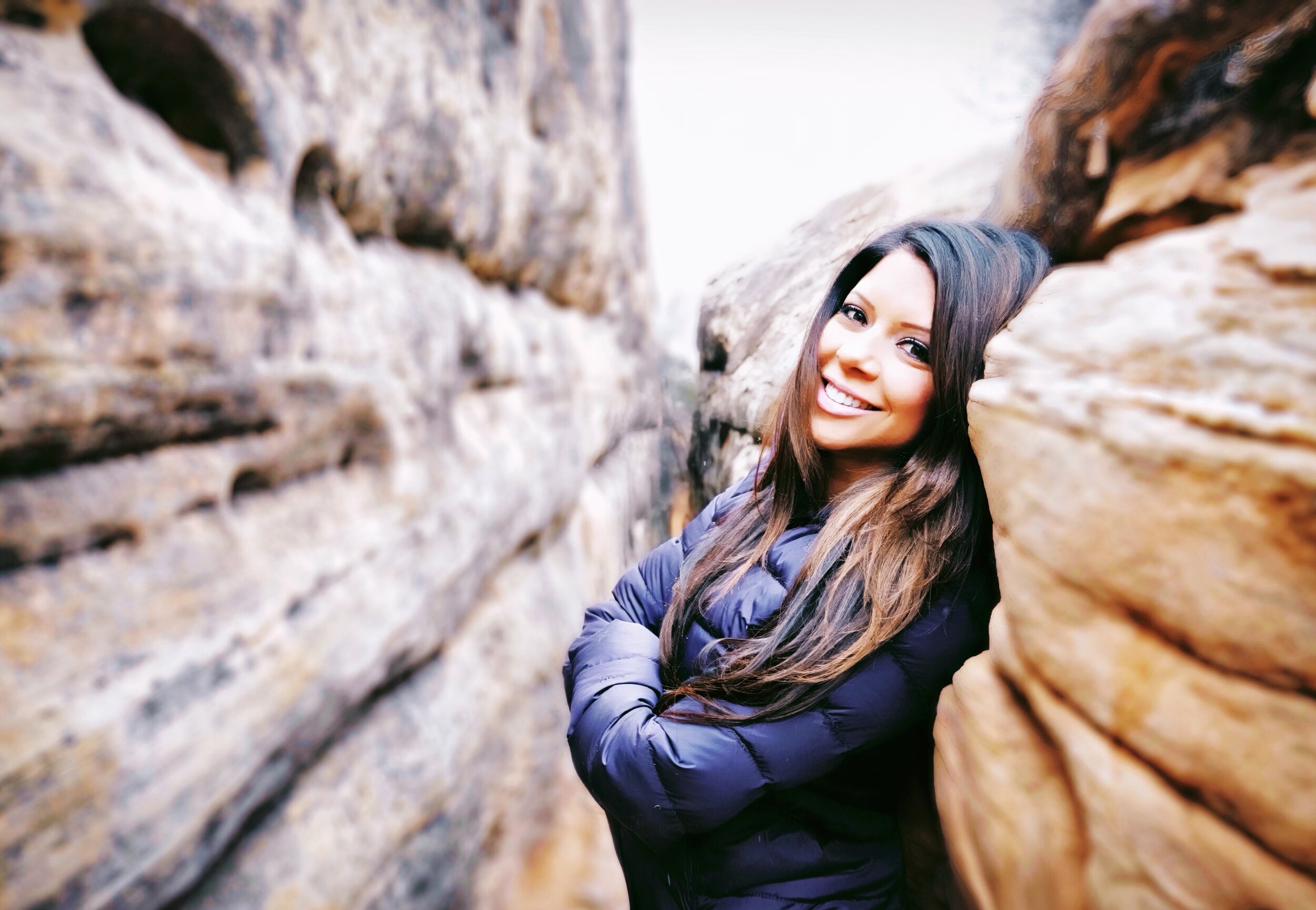10 tips for cold weather hiking
What inspired me to write this
It was sad to hear that a woman from my area died last week during the first snowfall while hiking alone and wearing a tank top. There were multiple things that could have prevented this tragedy. I’m a big day hiker and I am prepared for a longer stay. Many people are not be prepared because their guard is down on short hikes. The goal of being prepared is to prevent a sequence of unfortunate events which can be costly. Below are 10 tips to get you prepared for cold weather hiking.
10 tips for cold weather hiking
1. Don’t underestimate a day hike
Pack the 10 essentials for a day hike. You never know when you will experience a delay due to an injury or being lost. Before you know it the sun goes down and weather changes quickly and you have no way to stay warm, no shelter, and no extra food. It’s always better to be prepared than scared.
2. Dress in proper layers
Cold weather can mean different environments from rain to snow to a lake or rushing river. You need to wear a base layer that is moisture-wicking and depending on how cold it is you can consider a mid-layer as insulation. Add a shell layer to keep the wind and moisture away. Don’t forget your moisture-wicking sock liners and wool socks. You want to avoid wearing cotton when hiking altogether in any season because it does not dry well. Don’t forget the basics to keep you warm— gloves and a beanie!
3. Bring your own heat
Get hand warmer packets for your backpack.
4. Prevent drinking water from freezing
You don’t want your access to water to get cut off in the winter. If you use a water bladder you can buy a tube insulator. Water bottles can get frozen at the top. To prevent this you can flip the bottle upside down and keep it as close to your body as possible in your pack.
5. Prevent hypothermia and frostbite
This can happen without being near snow, rain, or wind. I’ve been in the desert for night sky photography in January and my pants were not enough to withstand the cold. I started getting superficial frostbite symptoms in my legs so now I have multiple layers or fleece leggings to avoid that in the future.
6. Don’t wear tight clothes
You don’t want to accidentally cut off your circulation with tight clothes or shoes.
7. Apply sunscreen
Sun can reflect off the snow so do not leave your sunscreen at home after summer.
8. Have a GPS beacon or satellite phone
This is the least you can do if you don’t hike with a partner. GPS beacons can alert emergency responders. Satellite phones can be useful if you’re in an area that doesn’t block the signal and your battery is charged.
9. Remember a headlamp
Day hikers don’t plan on staying after dark. The days are shorter so if there are unexpected delays you could end up hiking back to your car after dark. You can’t always rely on your cell phone if there’s a dead battery or if it’s a weak light source.
10. Pack the essentials classic list
Sunglasses and sunscreen
Extra clothing such as a shiny packable jacket or eco insulated Thermoball jacket
Flashlight or headlamp
Matches
Extra food such as my favorite hiking snacks that don’t break easily:



